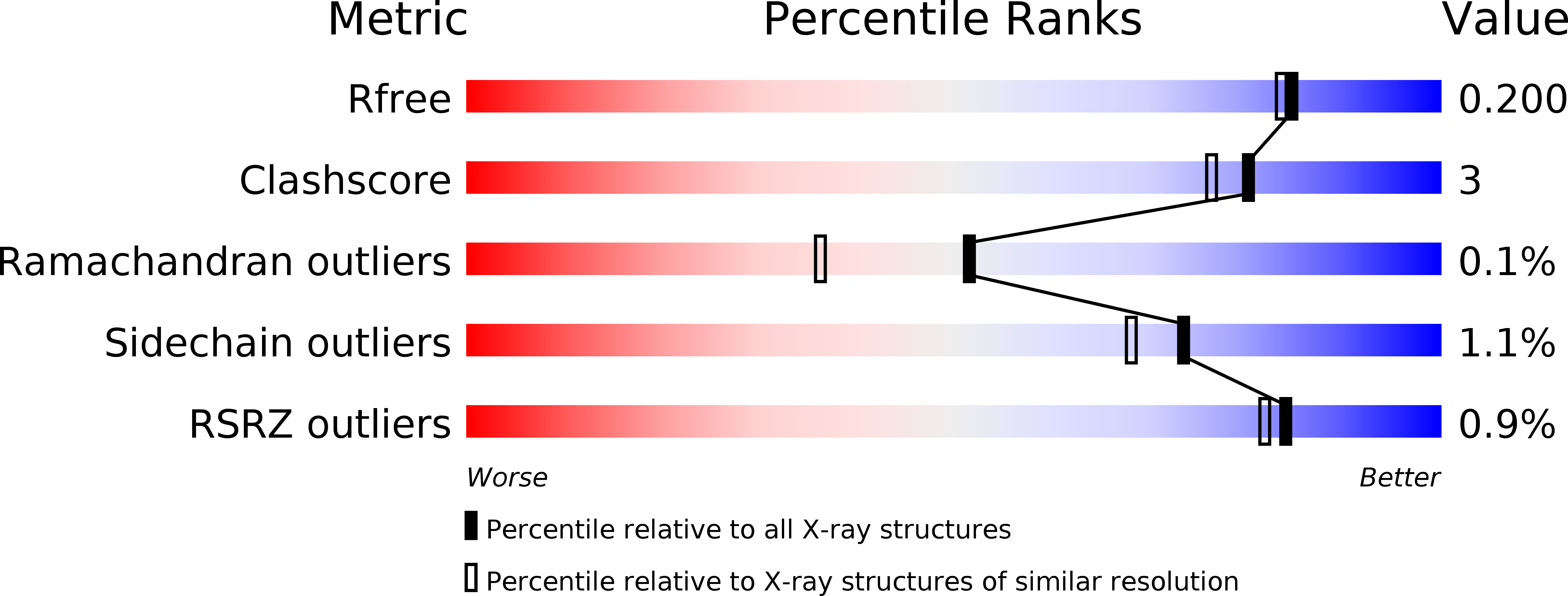
Deposition Date
2012-02-26
Release Date
2013-02-27
Last Version Date
2023-09-13
Entry Detail
PDB ID:
4DWS
Keywords:
Title:
Crystal Structure of a chitinase from the Yersinia entomophaga toxin complex
Biological Source:
Source Organism:
Yersinia entomophaga (Taxon ID: 935293)
Host Organism:
Method Details:
Experimental Method:
Resolution:
1.80 Å
R-Value Free:
0.19
R-Value Work:
0.15
R-Value Observed:
0.16
Space Group:
P 1 21 1


